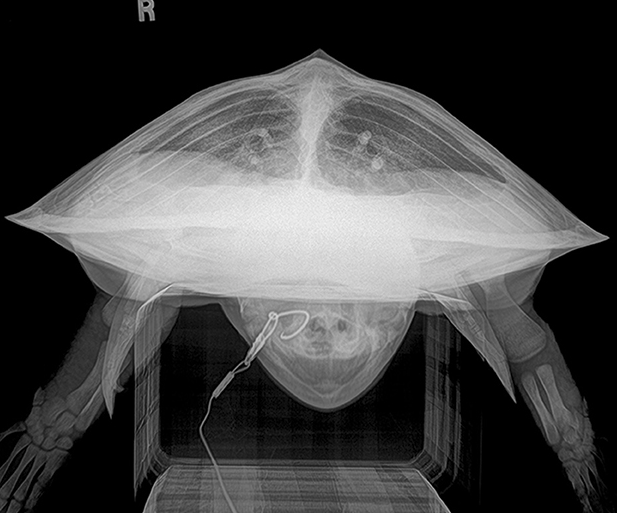
Figure 3. Rostrocaudal (RoCd) projection of a hook-and-line capture, otherwise healthy juvenile Kemp's ridley sea turtle (Lepidochelys kempii).
Authors: Christa E. Barrett, Debra P. Moore, Alison M. Lee, and Sophie Dennison
Abstract
A total of 55 digital radiographic studies from 53 individual juvenile Kemp's ridley sea turtles (Lepidochelys kempii) were retrospectively used to determine the normal radiographic anatomy of the lower respiratory tract in sea turtles that had been stranded due to hook-and-line injury and were otherwise clinically healthy. There were three or four projections available for each study: dorsoventral (DV), rostrocaudal (RoCd), and left and/or right lateral. The DV and RoCd were most conducive for assessing global lung volume and symmetry of lung volume. The DV and lateral views were most helpful for evaluating the main bronchus and its branching channels and for assessing lung margination. The RoCd view was most useful for assessing the symmetry of the lung opacity. The lateral views were most helpful for assessing the ventral margin of each lung lobe. On the lateral view, the main bronchus lay ventrally and coursed horizontally through the lung from cranial to caudal. On the DV view, the bronchus lay medially and was observed to be curvilinear coursing caudomedially. On the RoCd view, the main bronchus was located ventromedially. The RoCd view demonstrated the channels and niches end-on resulting in a reticulated or honeycomb appearance. The channels were seen as uniform striations coursing perpendicular to the main bronchus on the lateral views (vertical striations coursing dorsal to ventral) and DV views (horizontal striations coursing medially to laterally).
Read the full publication at https://www.frontiersin.org/articles/10.3389/fvets.2023.1101206/full.
Published February 10, 2023